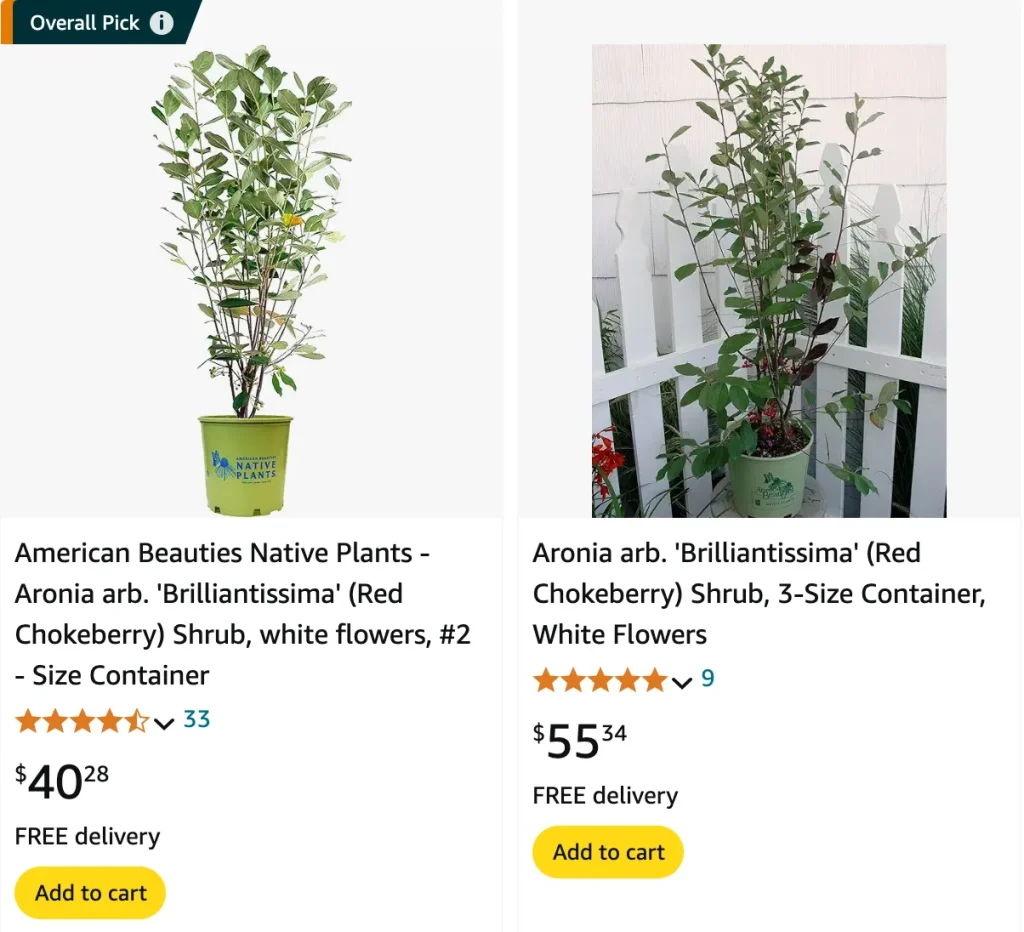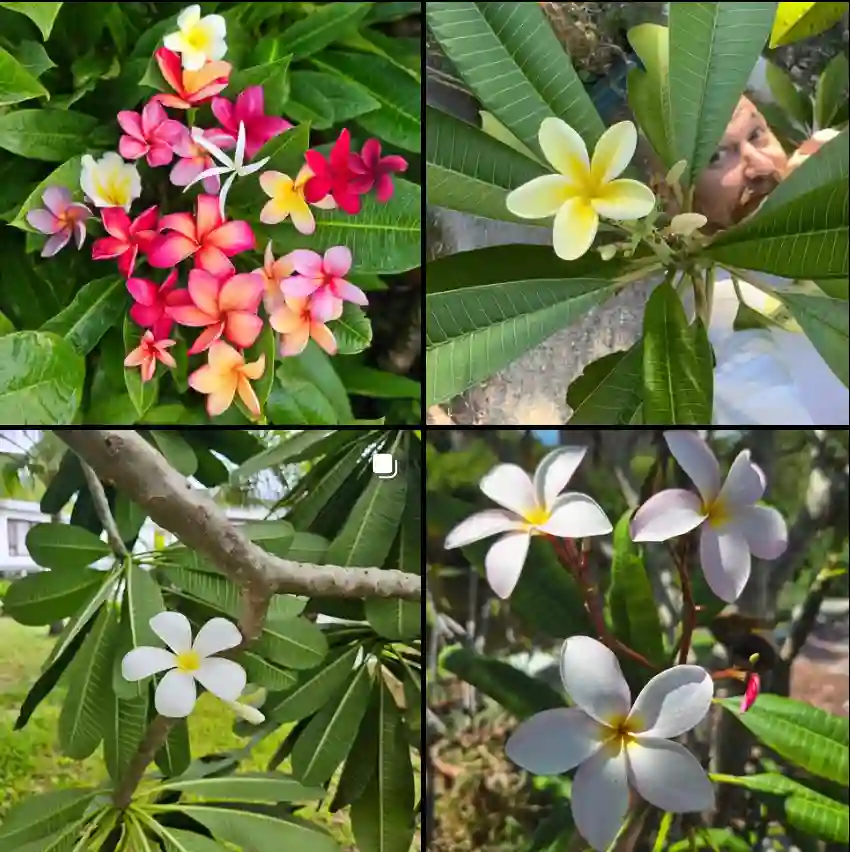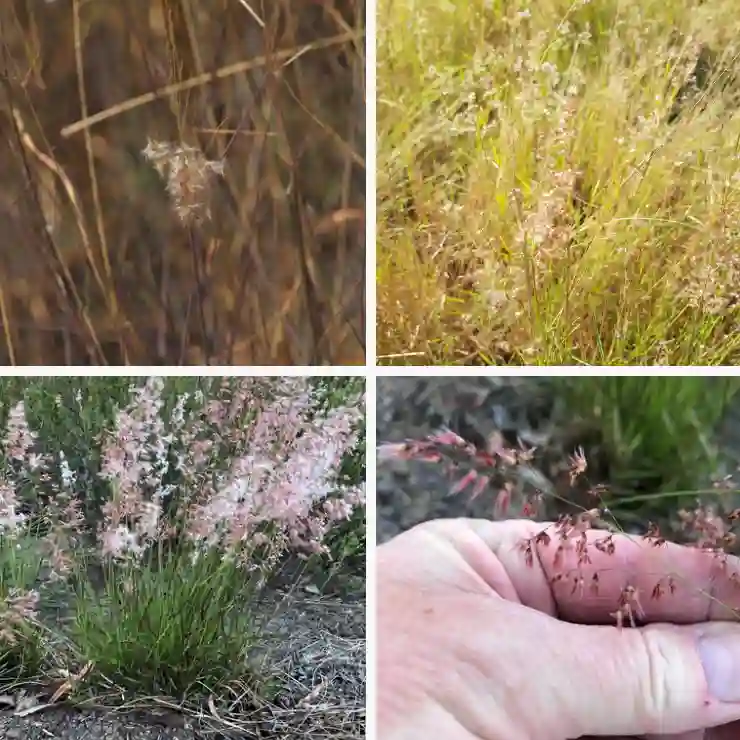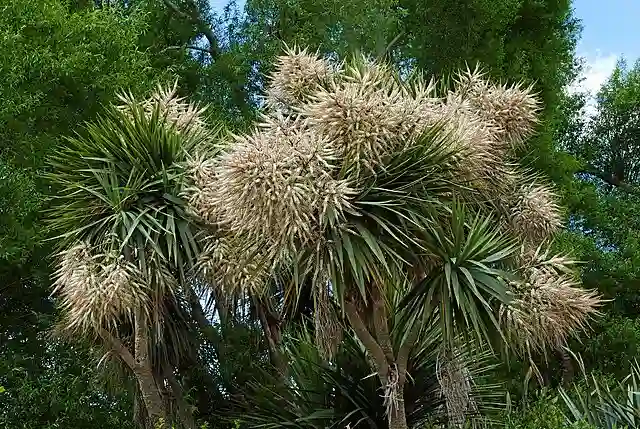
FAQs About Aronia Brilliantissima
As a plant enthusiast, I’ve had the pleasure of working with various shrubs, and one that stands out is Aronia Brilliantissima, commonly known as the brilliant chokeberry. In this article, I’ll answer some frequently asked questions about this fascinating plant, covering its care, propagation, benefits, and more.
3 Species in Genus Aronia
What Is Aronia Brilliantissima?
Aronia Brilliantissima is a deciduous shrub native to North America. Known for its stunning white flowers in spring, vibrant red berries in the fall, and brilliant foliage that turns shades of red and orange, it’s a beautiful addition to any garden. This plant typically grows between 3 to 6 feet tall and prefers well-drained soil. Its berries are not only visually appealing but also packed with nutrients, making them a popular choice for health enthusiasts.
How to Care for Aronia Brilliantissima?
Caring for Aronia Brilliantissima is relatively straightforward. Here are some tips:
- Sunlight: This plant thrives in full sun to partial shade. While it can tolerate some shade, the best fruit production and vibrant foliage occur in full sun.
- Soil: Aronia prefers well-draining soil that is rich in organic matter. While it can tolerate a range of soil types, it does best in slightly acidic to neutral pH levels.
- Watering: Regular watering is crucial, especially during the first growing season. Once established, it is somewhat drought-tolerant, but consistent moisture helps maintain health and fruit production.
- Fertilization: I recommend a balanced fertilizer in early spring to encourage healthy growth. Avoid over-fertilizing, as it can lead to excessive leaf growth at the expense of fruit production.
- Pruning: Pruning is important for maintaining shape and encouraging new growth. I usually prune in late winter or early spring, removing any dead or crossing branches.
How to Propagate Aronia Brilliantissima?
Propagating Aronia Brilliantissima can be done through several methods, including:
- Seed Propagation: Collect seeds from ripe berries. Stratify them in the refrigerator for about 60 days before planting in spring.
- Cuttings: Take semi-hardwood cuttings in late summer. Dip them in rooting hormone and plant in a moist, well-draining medium.
- Divisions: If you have a well-established plant, you can divide it in early spring. Ensure each division has sufficient roots and foliage.
What to Plant With Aronia Brilliantissima?
When planning your garden, consider companion plants that complement Aronia Brilliantissima. Here are a few suggestions:
- Blueberries: They thrive in similar acidic soil conditions and benefit from the same sunlight requirements.
- Serviceberry: This plant shares similar growth habits and can enhance the aesthetic appeal with its early spring blooms.
- Native Grasses: Planting ornamental grasses can provide contrast and create a naturalistic look, while also supporting local wildlife.
Is Aronia Brilliantissima Toxic?
No, Aronia Brilliantissima is not toxic to humans or pets. In fact, its berries are edible and can be used in jams, jellies, and juices. However, consuming large quantities of raw berries may cause digestive discomfort due to their high tannin content. Always practice moderation!
Benefits of Aronia Brilliantissima
There are numerous benefits to incorporating Aronia Brilliantissima into your garden:
- Erosion Control: Its deep root system makes it effective for preventing soil erosion on slopes.
- Wildlife Habitat: The plant provides food and shelter for birds and beneficial insects.
- Health Benefits: The berries are rich in antioxidants, vitamins, and minerals, making them a healthy addition to your diet. They are known for their anti-inflammatory properties and potential heart health benefits.
Common Problems with Aronia Brilliantissima
While Aronia Brilliantissima is generally hardy, it can face a few issues:
- Pests: Watch for aphids and spider mites, which can be managed with insecticidal soap or neem oil.
- Diseases: Fungal diseases like powdery mildew can occur, especially in humid conditions. Ensure good air circulation and avoid overhead watering to minimize this risk.
How Does Aronia Brilliantissima Compare to Similar Plants?
People often confuse Aronia Brilliantissima with other berry-producing shrubs. Here’s a quick comparison:
- Aronia vs. Elderberry: While both produce edible berries, elderberries are more commonly used for syrups and wines, whereas Aronia berries are celebrated for their health benefits.
- Aronia vs. Blueberry: Both thrive in acidic soils, but Aronia is a hardier plant, with better drought tolerance and adaptability to various soil types.
Conclusion
Aronia Brilliantissima is a stunning and versatile plant that offers both beauty and benefits. With proper care, it can flourish in a variety of garden settings. Whether you’re looking to enhance your landscape, support local wildlife, or enjoy nutritious berries, this shrub is an excellent choice. As I continue to cultivate my own plants, I find that the more I learn, the more I appreciate the unique characteristics and advantages of Aronia Brilliantissima.
If i die, water my plants!



